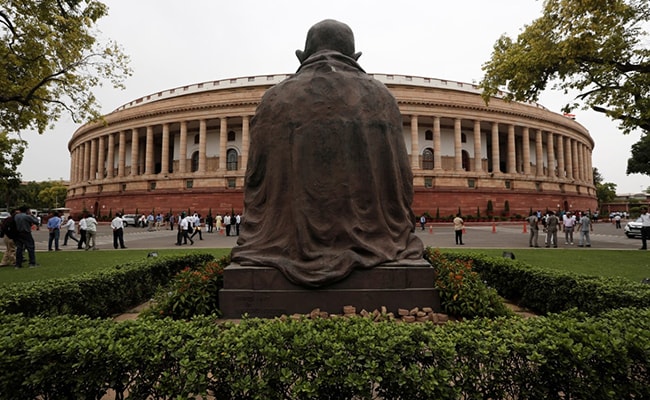
[ad_1]

Simultaneous polls was the norm in India until 1967 (Representational)
New Delhi:
The possibility of a “One Nation, One Election” policy, or simultaneous nationwide polls, will be examined by a new committee headed by ex President Ram Nath Kovind.
The government’s announcement yesterday of a special session of parliament from September 18 to 22 had led to speculation that the government would table a bill for “One Nation, One Election” in the session.
It will take far more time to move on the colossal exercise to hold elections across the country – the Centre and states – in one go, sources point out.
For one, it will need at least four constitutional amendments. The articles that would require amending are:
1. Article 83 (2): It says the Lok Sabha’s term should not exceed five years but it may be dissolved sooner.
2. Article 85 (2) (B): A dissolution ends the very life of the existing House and a new House is constituted after general elections.
3. Article 172 (1): A state assembly, unless sooner dissolved, shall continue for five years
4. Article 174 (2) (B) – The Governor has the power to dissolve the assembly on the aid and advice of the cabinet. He Governor can apply his mind when the advice comes from a Chief Minister whose majority is in doubt.
For a Constitutional Amendment, two-third members of the House must be present for the vote.
After the Constitutional Amendment Bill is passed in parliament, it needs to be ratified by half the states in India through resolutions in their assemblies.
Even if the Constitution is amended to bring about simultaneous Lok Sabha and state polls, huge resources will be needed. This would include over 25 lakhs Electronic Voting Machines (EVMs) and 25 lakh VVPATs (Voter-Verified Paper Audit Trail) to conduct the polls. For perspective, the Election Commission is scrambling with just over 12 lakh EVMs now.
Simultaneous polls was the norm in India until 1967 and four elections were held this way. This ended after some state assemblies were dissolved prematurely in 1968-69. The Lok Sabha was also, for the first time, dissolved a year ahead of schedule in 1970 and mid term elections were held in 1971.
In its 2014 Lok Sabha Election Manifesto, the BJP had promised to work on holding assembly and Lok Sabha elections simultaneously.
[ad_2]
Source link